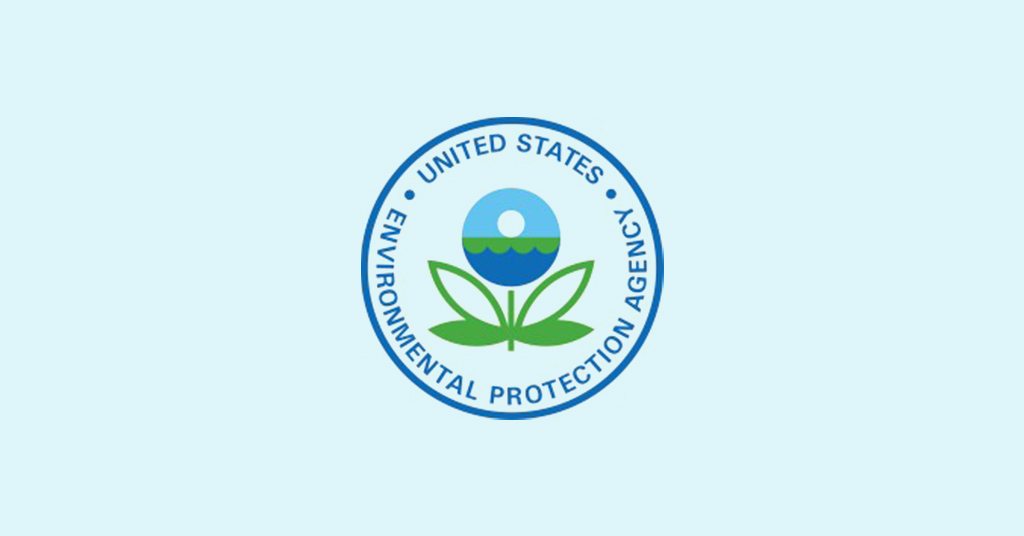Welcome To ChemAnalyst

The US Environmental Protection Agency (EPA) has initiated a comprehensive process to prioritize vinyl chloride and four other chemicals commonly used in the manufacture and processing of plastics for a thorough risk evaluation. This decision marks a crucial step in the EPA's efforts to assess the potential hazards associated with these substances. In the event that the EPA designates these five chemicals as High Priority Substances at the conclusion of the 12-month process, it will proceed with in-depth risk evaluations, as highlighted in a news release published by the agency on December 14.
The other four chemicals subjected to this prioritization process are acetaldehyde, acrylonitrile, benzenamine, and 4,4’-methylene bis(2-chloroaniline) (MBOCA). Notably, all five of these chemicals have been classified by the EPA as probable or, in the case of vinyl chloride, known human carcinogens. The prominence of vinyl chloride came into the spotlight earlier this year when a train transporting the chemical derailed in East Palestine, OH, resulting in a chemical spill that affected residents and garnered national attention for several days.
Vinyl chloride plays a pivotal role as a key ingredient in the production of polyvinyl chloride (PVC), and the EPA's recent actions have been interpreted by some as a potential initial step towards the restriction or outright ban of these five chemicals. The prioritization process signifies the commencement of EPA's authority to regulate existing chemicals currently available in the market and in use. It aims to assess whether additional health and environmental protections are warranted, according to the agency's news release. The EPA also emphasized that this process aligns with the broader goals of the Biden-Harris Administration, focusing on environmental justice for all by evaluating, sharing information on, and providing a process to address the impacts of toxic chemicals on workers, consumers, and communities.
In the event that, at the conclusion of the risk evaluation process, the EPA determines that a chemical poses an unreasonable risk to health or the environment, the agency is obligated to promptly initiate the risk management process, taking action to eliminate these identified risks. The EPA is set to open a public comment period upon the publication of the Federal Register notice and encourages companies involved in the production and use of these chemicals to actively participate and share relevant information.
Responding to the EPA's call for engagement, the Vinyl Institute, a trade association representing manufacturers of vinyl, vinyl chloride monomer, vinyl additives, and modifiers, expressed its readiness to collaborate with the EPA during both the prioritization and risk evaluation of vinyl chloride. The Vinyl Institute noted that the prioritization of vinyl chloride aligns with the EPA's work plan since 2012 and emphasized its strong interest in being actively involved in the process, serving as a collaborative resource for the agency. The trade association sees this as an opportunity to address any potential misconceptions regarding the regulation of vinyl chloride manufacturing and the safety of PVC products.
Polyvinyl chloride (PVC) stands as the second most widely used polymer globally, following polyethylene. It is especially prevalent in medical applications, constituting approximately a quarter of all medical-plastic compounds. Additionally, PVC is a predominant material for manufacturing plastic pipes, known for their popularity in infrastructure projects due to their lightweight nature, ease of installation, and prolonged durability compared to metal or concrete pipes. The ongoing EPA assessment is anticipated to have far-reaching implications for the use and regulation of these chemicals in various industries.
We use cookies to deliver the best possible experience on our website. To learn more, visit our Privacy Policy. By continuing to use this site or by closing this box, you consent to our use of cookies. More info.
